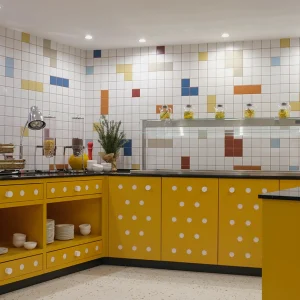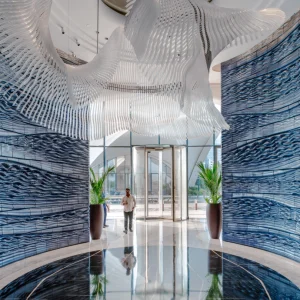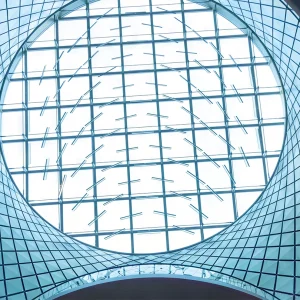
The doors of the House of Illustration are open at 2 Granary Square, King’s Cross, a Victorian office building it shares with the Art Fund. My immediate involvement is to put on an exhibition of my own work. Called Inside Stories, it shows not only a selection of the originals of nine of my books but also roughs and preliminary drawings to demonstrate some of the thinking and processes that go into the creation of a suite of illustrations.
It’s the first item of what will be the House of Illustration’s continuous programme of exhibitions. What the visitors – students, families, classes, enthusiasts, and specialists – will be looking at is a celebration of illustration of every type, including natural history, medical, fashion and reportage, as well as its fictional and narrative uses.
Illustration has a long and varied history, from medieval illuminated manuscripts on, and it happens to be a form of art that the English have always been good at. Think, for instance, of the diversity of 19th-century illustrators: Bewick, Tenniel, Rossetti,
Keene, Caldecott. What would be specially gratifying to me would be for us to give attention to George Cruikshank, whose prolific genius I suspect we don’t know enough about beyond Oliver Twist and Sketches by Boz.
Cruikshank had the approval of Ruskin, who I seem to remember thought him the best etcher after Rembrandt, and, perhaps even more tellingly the passionate admiration of Ronald Searle: evidence of a live tradition at work.
However, national traditions aren’t, and shouldn’t be, watertight. One area of illustration of particular interest to me is the illustrated journals of late 19th-century Paris, where fine artists and illustrators were still very often one and the same person, and in whose pages you can fi nd Lautrec and Bonnard rubbing shoulders with Steinlen and Vallotton and other artists less well-known to us now, such as Rouveyre and Hermann-Paul and the young Paul Iribe. It is interesting to notice from those pages that they were well aware of what had happened on our side of the channel, in particular Hogarth and Rowlandson.
This is just to indicate one area of interest, and I look forward to the curator of the House of Illustration focusing our attention on not only the history of illustration in such countries as America, Germany, and Japan, but also on what is happening there now. I hope that we shall also present the graphic work of fi ne artists such as Hockney and Paula Rego.
I also look forward to the House of Illustration becoming a centre for illustrators. Of particular interest to me, as someone who spent 20 years teaching illustration, are those students studying illustration in art schools (there are a lot of them) and young illustrators setting out on their own.
There’s a great deal of good work done by the Association of Illustrators, which has an energetic and aware journal in Varoom – but now we shall have a premises that says Illustration over the door. It would be good to think that students from Central Saint Martins across Granary Square, will come through it, as well as students from everywhere in the British Isles, and from the Continent as they arrive by train at St Pancras. Happily, there’s already a young Illustrator in residence, Rachel Lillie, to show them the way.
I hope that, when those illustrators are on the premises, they will give the visiting public the benefit of their talents and experience, but also, through lectures, seminars and conferences, they will talk to each other. My sense is that we don’t know enough about the history of our own art; not enough about what we are all doing; and perhaps even sometimes not enough about where we are going.
I know from my own experience that the freelance illustrator develops a deep-seated instinct to say yes; to take on the next task offered. That calls for a sort of determination and spirit that I admire, but I am also conscious, simply from my own point of view, that it took me a long time to find my own prospects and possibilities. Perhaps being together in the House of Illustration will allow us to share our values and aspirations, and persuade others to give the work that we do its proper value.





